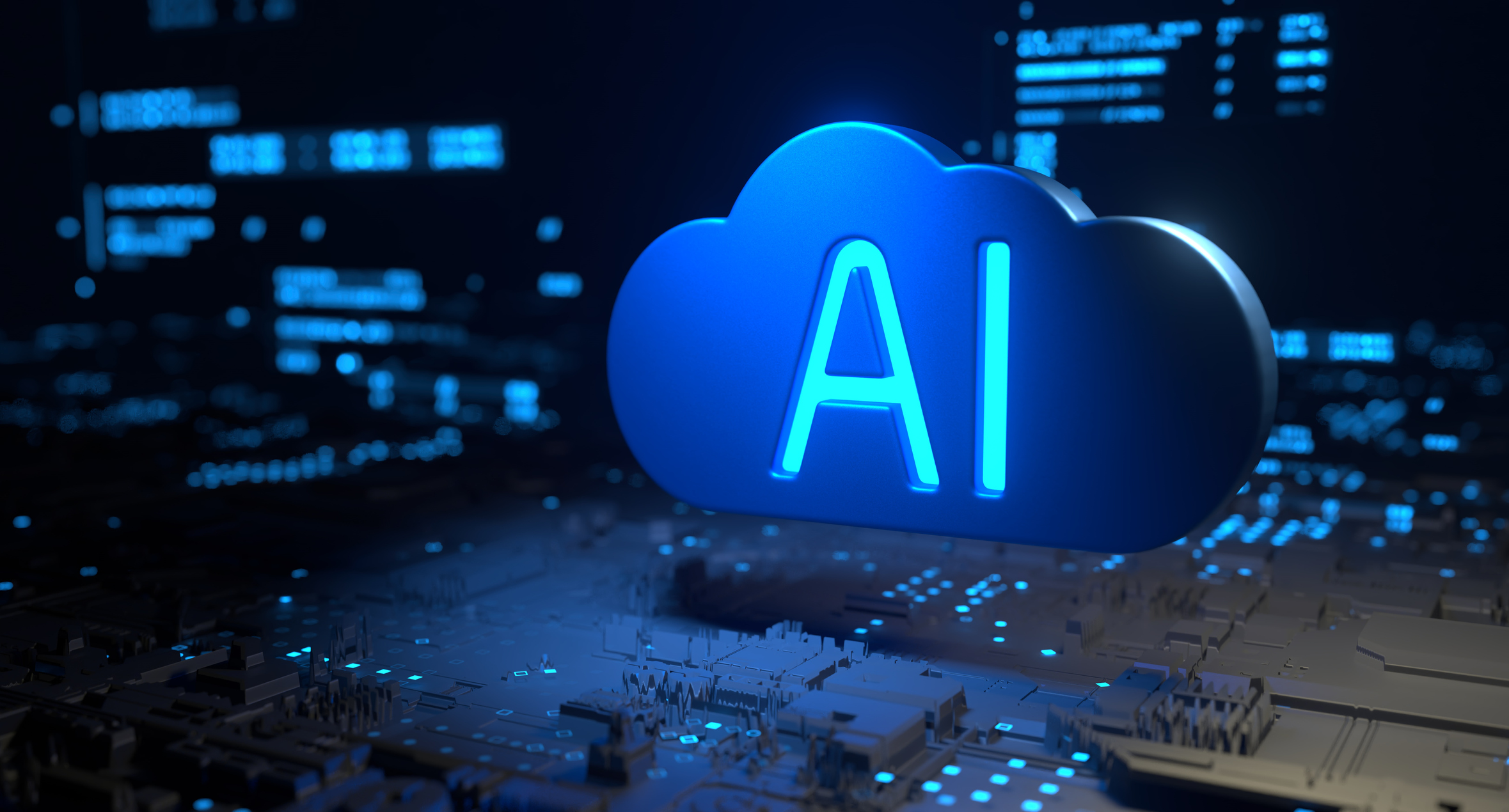RAG is a technique expected to enhance how Gen AI obtains answers and offers businesses a more dependable use case for client-facing applications
Enterprises across industries are exploring various methods to optimize their operations by integrating generative AI (GenAI) systems, which are becoming more prevalent.
Customer service The implementations are extensive, including chatbots, intelligent assistants, and domain-specific research tools.
Nevertheless, accuracy may continue to be a concern, as evidenced by certain GenAI models.
Consequently, enhancing these systems’ reliability, relevance, and accuracy is necessary to enable businesses to integrate them confidently into real-world, mission-critical applications.
Retrieval Augmented Generation (RAG) is a promising solution to this issue that has been identified. Retrieval Augmented Generation is a novel approach that improves the capabilities of LLMs by incorporating context-specific data. This substantially impacts the reliability, relevance, and integrity of AI-generated responses.
What is RAG, and How Does it Operate?
Siddharth Rajagopal, Chief Architect, EMEA at Informatica, elucidates that RAG integrates static LLMs with context-specific data. Additionally, it can be regarded as a highly knowledgeable assistant.
One that correlates the query context with specific data from a comprehensive knowledge base. For instance, RAG can provide customers with the most recent fashion magazines, retail websites, or online reviews to enhance the LLM and the most up-to-date information on product trends, availability, and pricing.
Shane McAllister, Lead Developer Advocate (Global) at MongoDB, further clarifies the concept: “Retrieval Augmented Generation (RAG) is a process that enhances the accuracy, currency, and context of large Language Models (LLMs) such as GPT-4.”
Much of the internet is frequently utilized by LLMs to generate their output, which is already trained on massive swathes of public data. RAG can expand these capabilities to include private data and specific domains, whether to an industry or an organization.
By drawing in pertinent data from external sources, RAG systems can deliver more precise and up-to-date information, thereby customizing LLM responses to meet specific requirements by integrating domain-specific data.
RAG is particularly well-suited for applications that necessitate precise and informed responses. Adam Lieberman, Chief AI Officer at Finastra, said, “RAG is an excellent option for search and discovery query-based applications that require precise and informed responses.” For instance, customer support use cases in financial applications, medical or legal research, or education and instruction.
Nevertheless, the efficacy of other technologies enables RAG to achieve these capabilities.
Maxime Vermeir, Senior Director of AI Strategy at ABBYY, states, “RAG is enabled by other technologies, such as NLP and Purpose-Built AI, that enable it to access a highly structured and consistent knowledge base.” However, the function of RAG will be essential in enhancing GenAI’s contextual awareness and reliability.
Confronting the Issue of AI Hallucinations
The propensity of LLMs to produce inaccurate information or hallucinate is a substantial obstacle. McAllister observes, “We have all witnessed recent news stories about LLMs hallucinating and the very real, negative impacts AI hallucinations have had on the owners of those LLMs.”
RAG provides solutions to LLMs’ challenges and its capacity to transmit exact and up-to-date information.
According to Joe Mullen, Director of Data Science & Professional Services at SciBite, “LLMs are susceptible to hallucination due to their frequent reliance on antiquated information that is challenging to trace and their potential security and privacy vulnerabilities.” Grounding AI can mitigate these concerns.
David Colwell, vice president of AI and ML at Tricentis, adds: “RAG addresses this problem by combining the power of LLMs with external knowledge sources, such as a variety of text-based documents and other types of data sources, to generate more accurate and informative responses.”
RAG enhances the reliability of AI responses and decreases the probability of hallucinations by employing current and pertinent data.
Limitations and Misconceptions
RAG is confronted with obstacles despite its benefits. The initial obstacle is misunderstanding its nature, which can impede its implementation or widespread dissemination.
Adam Lieberman, Chief AI Officer at Finastra, emphasizes that there are three significant misconceptions regarding RAG: RAG is not a generative model. RAG is a method that integrates retrieval and generation. ‘RAG is always accurate’ – Although it enhances response accuracy, retrieval errors may result in inaccurate or misleading outputs. ‘RAG can manage any query’ – RAG may encounter difficulties with ambiguous, novel, or complex queries.
Another aspect is the speed at which it can deliver the information it needs to guarantee real-time data retrieval and the maintenance of an accurate knowledge base.
Maxime emphasizes, “Ensuring this real-time data retrieval without latency and maintaining a highly accurate knowledge base are significant hurdles.”
This is a critical issue, as the entire premise of RAG is predicated on providing pertinent, current information to enhance the language model’s output. The purpose of a real-time retrieval component is defeated if there is a substantial delay in retrieving data from the knowledge base.
Nevertheless, it is anticipated that these challenges will be resolved and that RAG’s capabilities will be further enhanced by the development of technologies such as Forward-Looking Active Retrieval Augmented Generation (FLARE) and Retrieval-Augmented Customization (REACT).
RAG substantially improves the accuracy, relevance, and reliability of AI-generated responses as the widespread adoption of GenAI in enterprises continues to expand.
By incorporating context-specific data with LLMs, RAG systems can offer more informed and up-to-date responses, rendering them invaluable tools in various industries and applications.
Although obstacles persist, the potential advantages of RAG in enhancing GenAI systems are substantial and will continue to expand in tandem with the development of new technologies. The technology is on the brink of playing a critical role in the capabilities of Gen AI systems.



